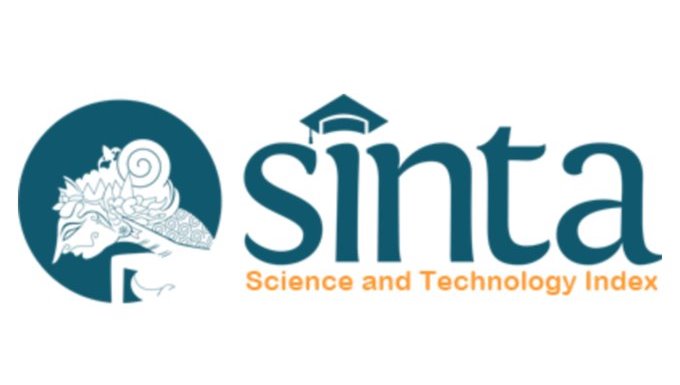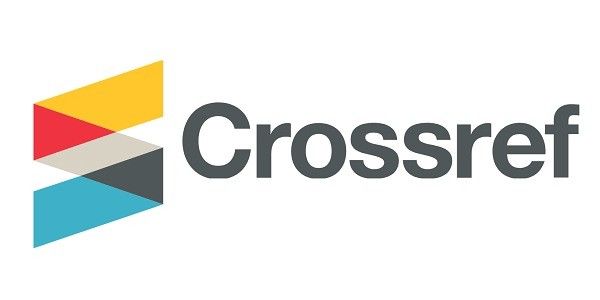Mucocutaneous Defense Mechanisms against Candida Infection
Analysis
DOI:
https://doi.org/10.55175/cdk.v52i3.1157Keywords:
adaptive immunity, candida, defense mechanism, innate immunity, mucocutaneousAbstract
Candida albicans is a commensal organism that can may become invasive and fatal under certain circumstances. Several genetic variations in the human genome towards susceptibility to Candida infections have been identified. There are a number of genes associated with Candida virulence factors, host environment, and immune response. C-type lectin receptors (CLRs) are characterized by leucine-rich and nucleotidebinding domains that can detect intracellular signals through various types of cytoplasmic domains. CLRs are family of PRRs that bind glycan through recognition of extracellular carbohydrate and mediate intracellular signaling through various type of cellular domains, resulting in a decrease of neutrophils and facilitating the occurrence of fungal infections. This study review the genetic determinant of defense mechanisms and immune deficiencies against Candida infection.
Downloads
References
Netea MG, Joosten LAB, van der Meer JWM, Kullberg BJ, van de Veerdonk FL. Immune defence against Candida fungal infections. Nat Rev Immunol. 2015;15(10):630–42. DOI: 10.1038/nri3897.
Anaissie EJ, McGinnis MR, Pfaller MA. Clinical mycology e-book. Elsevier Health Sciences; 2009.
Silva S, Negri M, Henriques M, Oliveira R, Williams DW, Azeredo J. Candida glabrata, Candida parapsilosis and Candida tropicalis: Biology, epidemiology, pathogenicity and antifungal resistance. FEMS Microbiol Rev. 2012;36(2):288–305. DOI: 10.1111/j.1574-6976.2011.00278.x.
Dismukes WE, Pappas PG, Sobel JD. Clinical mycology. Oxford University Press [Internet]. 2003. Available from: https://books.google.co.id/books?id=NNjnCwAAQBAJ.
Farrar J, Hotez PJ, Junghanss T, Kang G, Lalloo D, White NJ, et al. Manson’s tropical diseases e-book. Elsevier Health Sciences; 2023.
Naglik JR. Candida immunity. In: Sulaiman MR, editor. New J Sci. 2014;2014:390241. DOI: 10.1155/2014/390241
Cheng SC, Joosten LAB, Kullberg BJ, Netea MG. Interplay between Candida albicans and the mammalian innate host defense. Infect Immun. 2012;80(4):1304–13. DOI: 10.1128/IAI.06146-11.
Kullberg BJ, Arendrup MC. Invasive candidiasis. N Engl J Med. 2015;373(15):1445–56. DOI: 10.1056/NEJMra1315399.
Lowman DW, Greene RR, Bearden DW, Kruppa MD, Pottier M, Monteiro MA, et al. Novel structural features in Candida albicans hyphal glucan provide a basis for differential innate immune recognition of hyphae versus yeast. J Biol Chem. 2014;289(6):3432–43. DOI: 10.1074/jbc.M113.529131.
Verma A, Gaffen SL, Swidergall M. Innate immunity to mucosal Candida infections. J Fungi (Basel). 2017;3(4):60. DOI: 10.3390/jof3040060.
Valeri M, Raffatellu M. Cytokines IL-17 and IL-22 in the host response to infection. Pathog Dis. 2016;74(9):111. DOI: 10.1093/femspd/ftw111.
Kashem SW, Kaplan DH. Skin immunity to Candida albicans. Trends Immunol. 2016;37(7):440–50. DOI: 10.1016/j.it.2016.04.007.
Conti HR, Gaffen SL. IL-17-mediated immunity to the opportunistic fungal pathogen Candida albicans. J Immunol. 2015;195(3):780–8. DOI: 10.4049/jimmunol.1500909.
Conti HR, Bruno VM, Childs EE, Daugherty S, Hunter JP, Mengesha BG, et al. IL-17 receptor signaling in oral epithelial cells is critical for protection against oropharyngeal candidiasis. Cell Host Microbe. 2016;20(5):606–17. DOI: 10.1016/j.chom.2016.10.001.
Richardson JP, Moyes DL. Adaptive immune responses to Candida albicans infection. Virulence 2015;6(4):327–37. DOI: 10.1080/21505594.2015.1004977.
Huppler AR, Bishu S, Gaffen SL. Mucocutaneous candidiasis: the IL-17 pathway and implications for targeted immunotherapy. Arthritis Res Ther. 2012;14(4):217. DOI: 10.1186/ar3893.
Liu F, Fan X, Auclair S, Ferguson M, Sun J, Soong L, et al. Sequential dysfunction and progressive depletion of Candida albicans-specific CD4 T cell response in HIV-1 infection. PLoS Pathog. 2016;12(6):e1005663. DOI: 10.1371/journal.ppat.1005663.
Auclair S, Liu F, Hu H. Loss of immune control in HIV-infected patients: How does mucosal candidiasis occur? Future Microbiol. 2017;12:5–8. DOI: 10.2217/fmb-2016-0194.
Glocker E, Grimbacher B. Chronic mucocutaneous candidiasis and congenital susceptibility to Candida. Curr Opin Allerg Clin Immunol. 2010;10(6):542–50. DOI: 10.1097/ACI.0b013e32833fd74f.
Vaquero-Herrero MP, Ragozzino S, Iriart X, Castano-Romero F, Sailler L, Sanchez-Gonzalez R, et al. Candida bloodstream infection in patients with systemic autoimmune diseases. Med Mal Infect. 2020;50(4):372–6. DOI: 10.1016/j.medmal.2020.01.014.
Downloads
Published
How to Cite
Issue
Section
License
Copyright (c) 2025 Adelia Wuri Pramudita, Harijono Kariosentono, Annisa Marsha Evanti, Zilpa Widyastuti

This work is licensed under a Creative Commons Attribution-NonCommercial 4.0 International License.





















